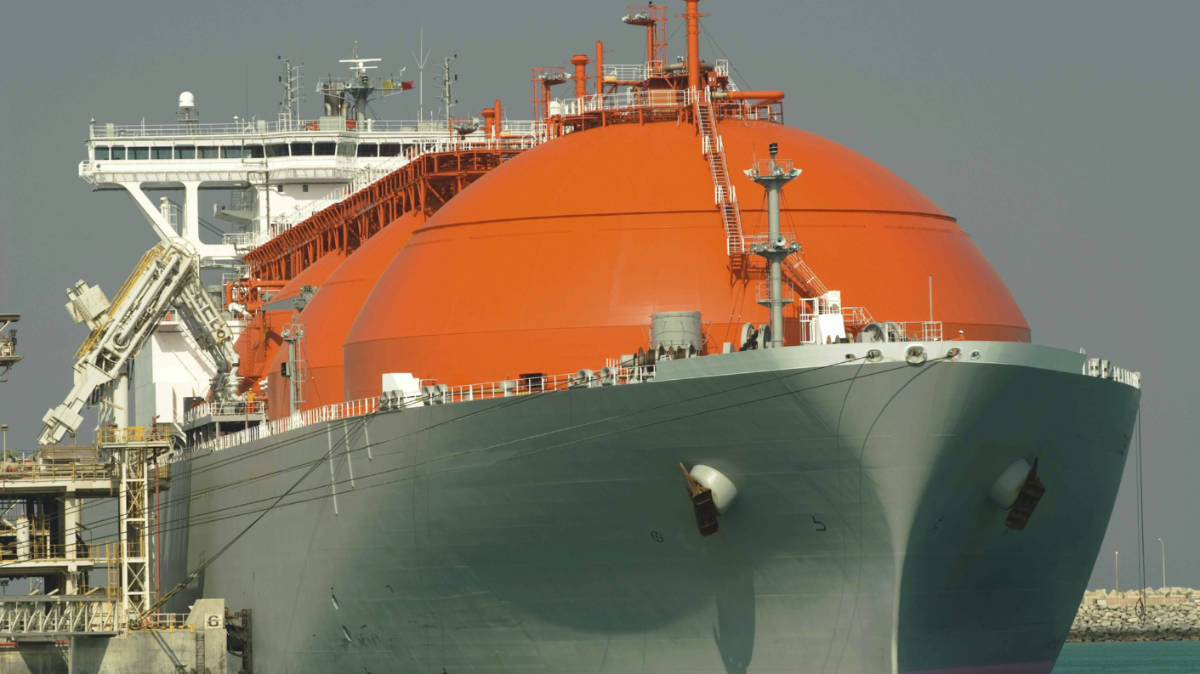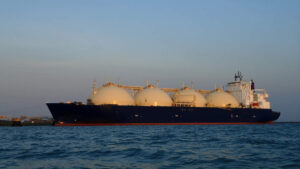Australian LNG output flagged to rise after hitting new record

Australian LNG output is expected to increase in 2021. Pic: Getty Images
Australian LNG sector has emerged from the chaos of 2020 a little bruised and battered but with hopes that further output increases this year would mark the start of its recovery.
During 2020, LNG output hit a new record of 78 million tonnes in 2020 despite issues that affected several projects and the impact of the COVID-19 pandemic on demand earlier in the year.
More than half the supply came from Western Australia though projects in the Northern Territory experienced the biggest growth of 11 per cent to 11.7Mtpa, according to advisory firm EnergyQuest in its latest report.
Japan remained Australia’s biggest customer, taking up 38 per cent of our production, while China nipped at its heels, importing 37 per cent of Australian LNG output.
However, revenues were down more than 25 per cent from 2019 to $36.1bn.
This was due to low oil prices that held sway through most of 2020 since April along with low LNG spot prices.
2021 outlook
However, there is some light on the horizon.
Production is expected to increase by 3.6Mtpa when Shell’s Prelude floating LNG project reaches full production capacity and a further 5Mtpa from Gorgon once repairs to the cooling kettles have been resolved.
Oil prices and LNG spot prices are also expected to be higher this year, which will result in an increase in LNG revenue, though a return to warmer than average northern hemisphere winters could see a collapse in spot prices this time next year.
As of 12 January, spot prices for February deliveries was $US32.49 per million British Thermal units, more than double the price of $US15.10/MMBtu.
Looking further ahead, there is significant potential for demand to increase in Asian markets.
As of December, at least 30 projects with nearly 93 gigawatts of LNG powered power generation capacity have been proposed in Vietnam to meet its plans to quadruple its gas-fired power capacity to 28GW, making it an exciting potential customer for LNG producers.
However, just nine projects totalling 17.6GW in combined capacity have been formally approved to date.
China’s recovery from the COVID-19 pandemic has also progressed faster than expected, which has pushed energy demand across manufacturing regions upwards.
This has been compounded by the coldest winter in decades that has increased demand for heating fuel.
New gas supply
While the fields surrounding the North West Shelf LNG project are expected to start declining from 2022 to 2023, operator Woodside Petroleum (ASX:WPL) and its partners have already taken steps to ensure gas supply to maintain output.
Third-party gas processing agreements have been reached to process gas from Pluto as well as Mitsui and Beach Energy’s Waitsia gas field in the onshore Perth Basin.
Separately, Santos (ASX:STO) has approved the drilling of three production wells at the Bayu-Undan field to develop additional gas and liquids reserve, which will extend the life of offshore facilities and the Darwin LNG facility.
Related Topics

UNLOCK INSIGHTS
Discover the untold stories of emerging ASX stocks.
Daily news and expert analysis, it's free to subscribe.
By proceeding, you confirm you understand that we handle personal information in accordance with our Privacy Policy.








